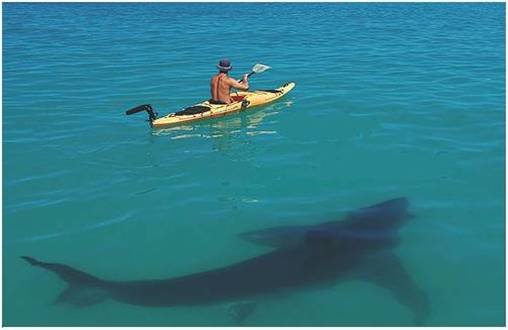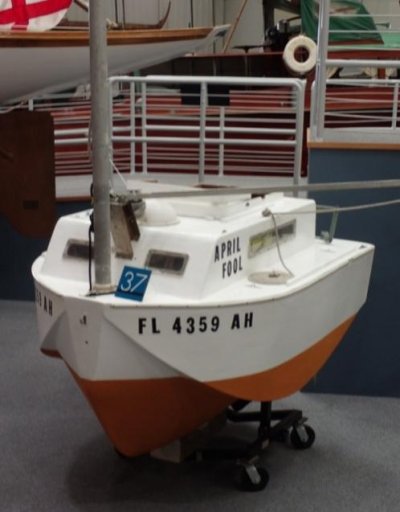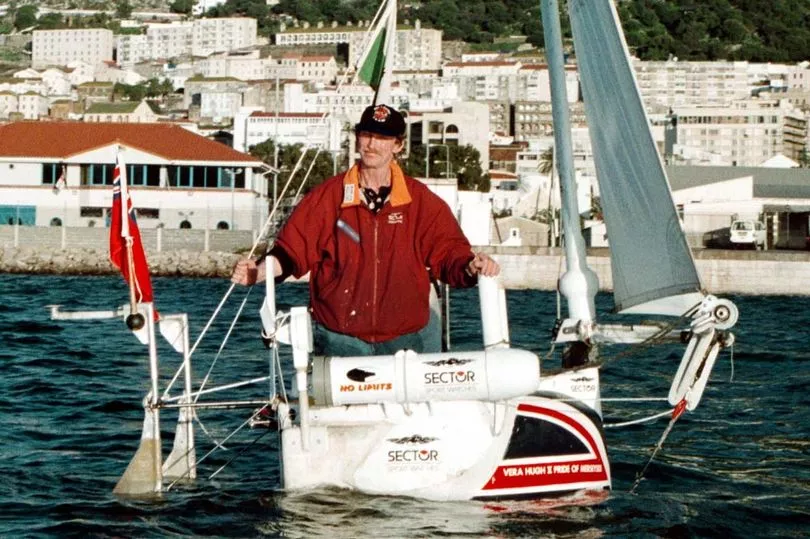FF
Guru
- Joined
- Oct 12, 2007
- Messages
- 22,552
>Single handers must sleep sometime
But I do wonder why his radar detector and AIS alarm did not warn him in time.<
Sounds like he was not the only vessel that was not under command at the time.
IF I were attempting a stunt like this I would glue a small microphone to the hull and plug it into an amp and a speaker.
Ships put huge noise in the water , and even 5-8 miles away would be easy to hear.
Weather one could row out of the way of a 25K wall of steel with 5 min notice is a different question.
With luck they might have running lights to figure where there heading .
Last edited by a moderator:




